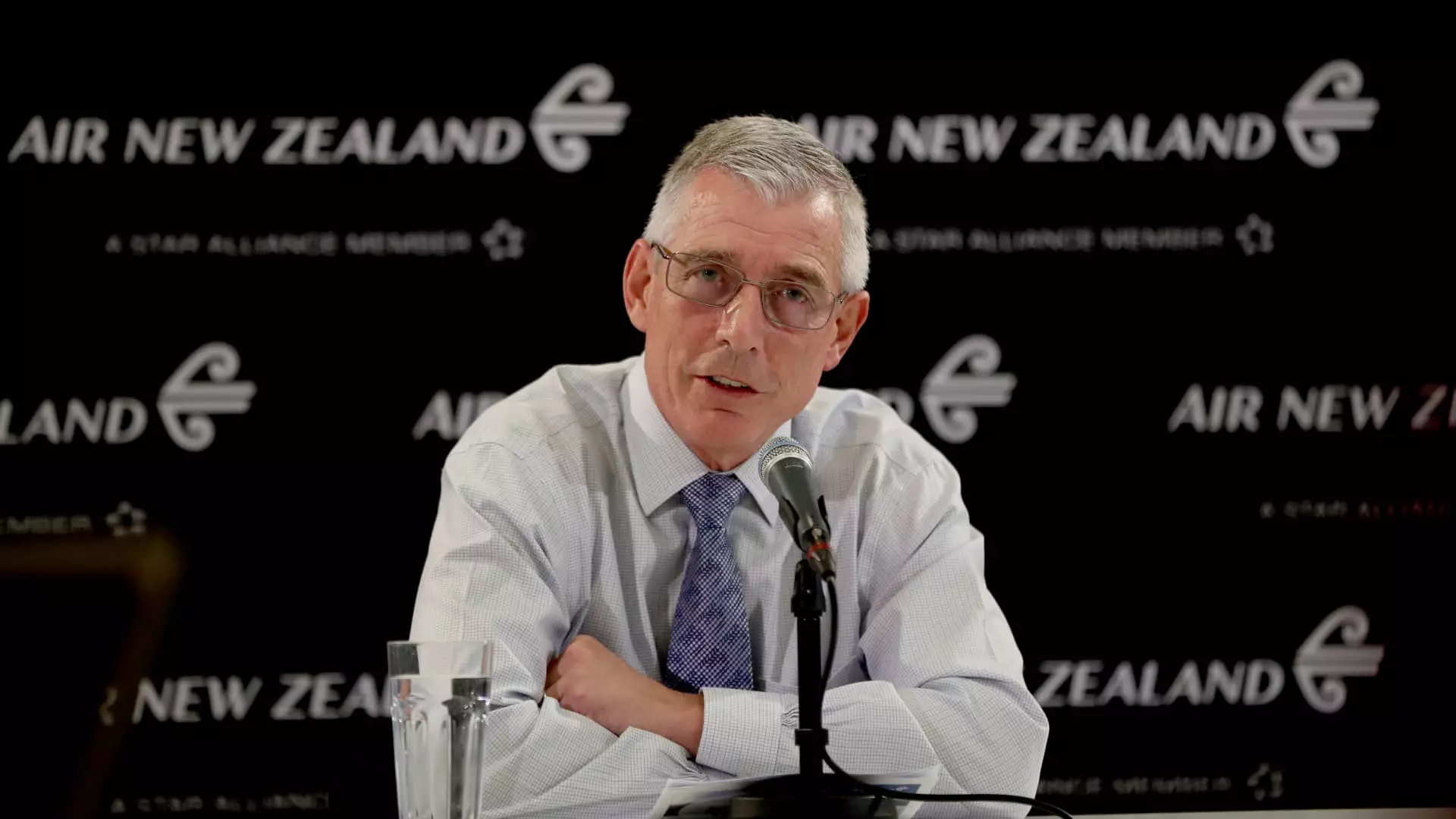In an age dominated by the digital experience, the demand for reliable internet access extends far beyond the confines of our homes and offices. Increasingly, travelers expect seamless connectivity as they journey across the skies. Recognizing this pressing need, industry leaders are embracing technological advancements to enhance in-flight experiences. Notably, SpaceX’s Starlink is emerging as a frontrunner in transforming how we connect while airborne, setting the stage for a revolution in airline Wi-Fi.
Airlines have faced a long-standing reputation for spotty and unreliable Wi-Fi services on planes. For many passengers, the traditional experience of logging into a sluggish network was often rife with frustration. However, Greg Foran, CEO of Air New Zealand, envisions a future where fast and dependable Wi-Fi becomes standard across full-service airlines. In a recent interview on CNBC, Foran accentuated the importance of quality internet service, asserting that passengers should not merely settle for any Wi-Fi. Instead, they deserve a robust connection reminiscent of their experiences on the ground.
The anticipation around Starlink, with its constellation of approximately 6,000 satellites, speaks volumes about the future of aerial connectivity. The capability to stream high-definition videos and facilitate instant messaging from above will undoubtedly elevate the in-flight experience to new heights, appealing to both leisure and business travelers.
Despite the enthusiasm around Starlink, the rollout of this new technology won’t be instantaneous. Air New Zealand has announced the installation of Starlink services on two domestic aircraft, initially slated for late 2024. However, complications have emerged, causing a delay in these trials until 2025. As Foran noted in his discussion, the focus is now on transitioning from initial testing to operational implementation, ensuring that the service can run smoothly for passengers.
Similarly, United Airlines has taken significant strides in advancing its connectivity offerings by securing the industry’s largest agreement for Starlink services. Their timeline sets 2025 as the start for testing, eventually integrating the technology across a fleet of over 1,000 aircraft. For both airlines, the path from concept to deployment is not without its challenges; effective execution will be paramount to meet the rising expectations of passengers.
The advantages of implementing Starlink in in-flight services are manifold. Central to their appeal is the promise of uninterrupted, high-speed internet access, even in the most remote areas of the globe. For passengers, this translates to several perks: the capability to watch live TV during the flight, share large files for work, engage in online gaming, and make e-commerce purchases seamlessly.
Both Air New Zealand and United Airlines have indicated that the service will be made available free of charge or included in the ticket price, thereby sidestepping traditional mid-flight purchase barriers. This egalitarian approach offers a significant improvement over past practices, where travelers were often forced to pay exorbitant fees for unreliable service.
The integration of Starlink is not just a trend limited to a few long-haul carriers. The service is rapidly winning over a variety of airlines, ranging from the likes of Hawaiian Airlines and JSX to large international carriers like Air France, which plans to launch Starlink services by the summer of 2025. Such a widespread adoption signals a shift towards a universally enhanced flying experience, where in-flight connectivity is seen not as a luxury but as an essential service akin to food and safety protocols.
As the race to secure in-flight connectivity continues, passengers can anticipate a transformation in their travel experiences over the coming years. With industry giants aligning themselves with innovative technologies like Starlink, the days of frustrating in-flight internet are numbered. Ultimately, the future looks promising for tech-savvy travelers who value seamless connectivity, positioning the airline industry for a digital renaissance.
The advancements in in-flight connectivity signify more than just a competitive edge for airlines; they represent a shift towards putting the customer experience at the forefront of air travel. With the era of Starlink advancing rapidly, the skies are set to be connected like never before, promising a revolutionary change in how we engage with the world above the clouds.


Leave a Reply